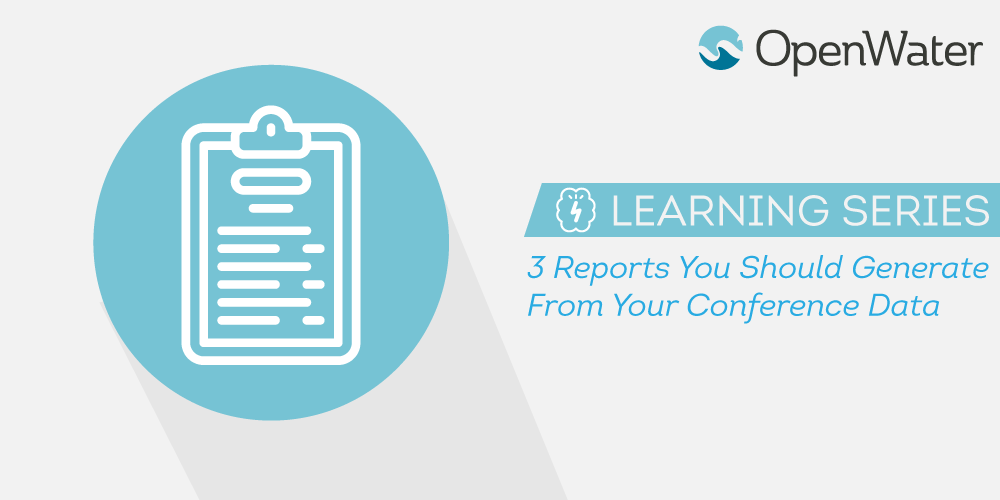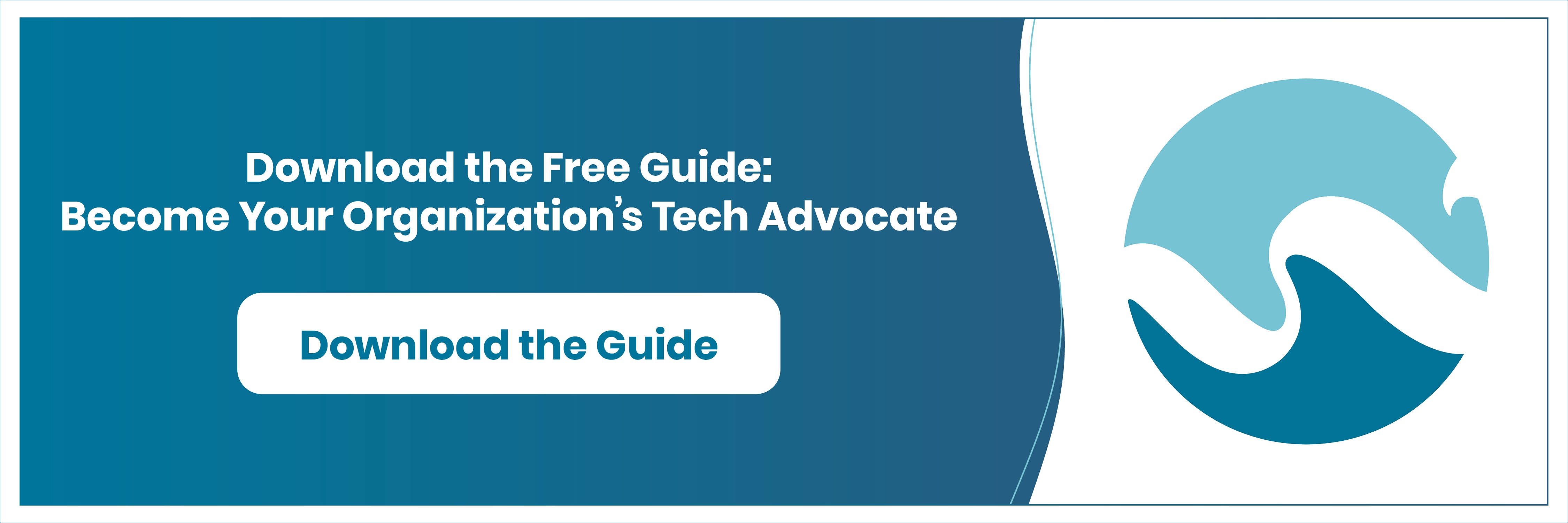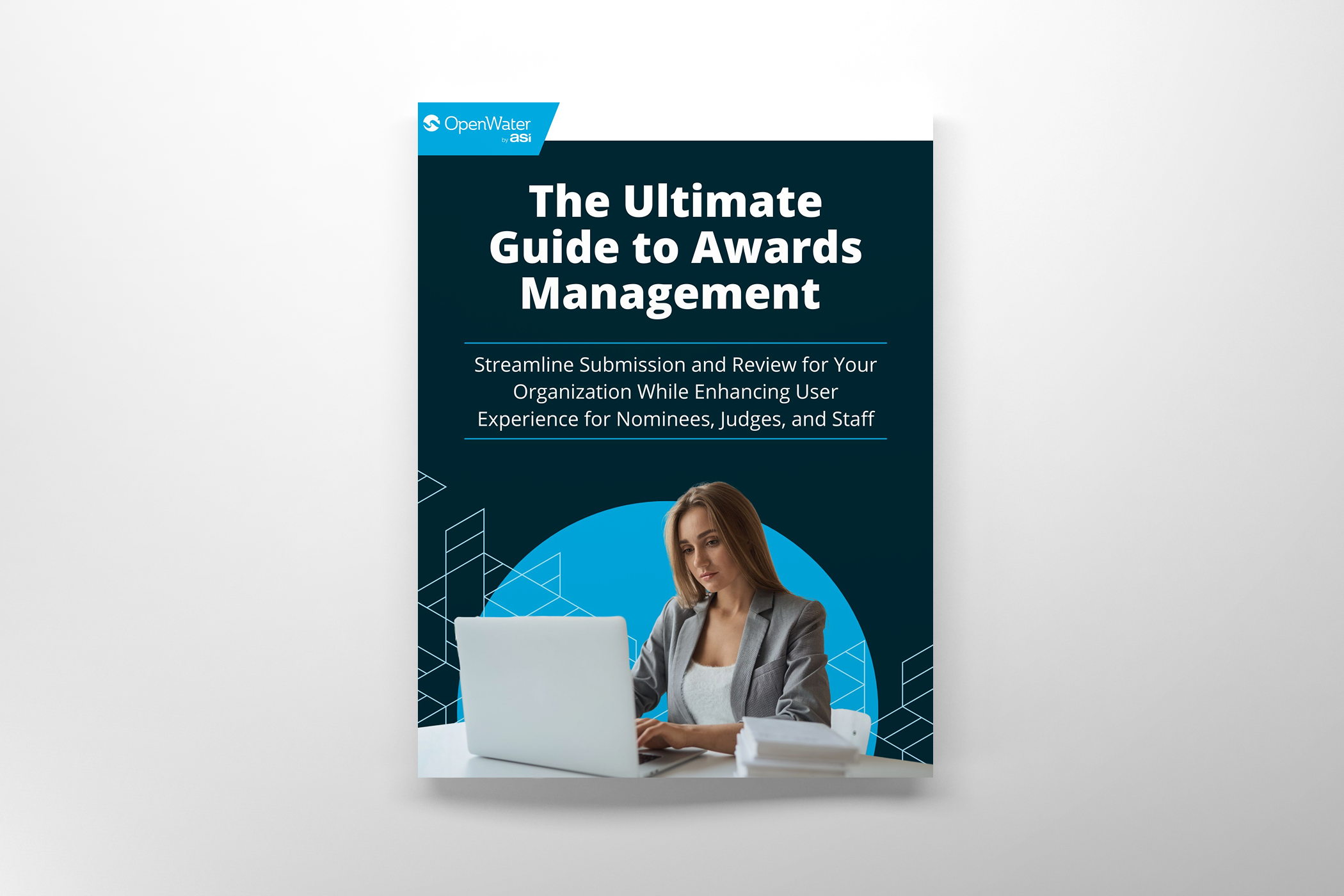
3 Reports You Should Generate From Your Conference Data
You’re going to accumulate a significant amount of data both before and during your abstracts conference. And while data is useful to have, it doesn’t mean much if you aren’t using it. But, what’s the best way to use it? Put simply, in reports. Specifically, it’s best used in reports that make it simple to compare annual data using the same metrics and standards.
Reports will form the backbone of your conference strategy for years to come. After all, reports are the only way to understand what worked, what didn’t work, and what attendees preferred. Likewise, attendee preferences change over time and reports are the easiest way to mark these trends and adapt as necessary.
The bottom line is that you need to turn your data into reports. What reports you generate will depend largely on your organization and your goals. However, there are a few standard reports you may want to consider.
1. Most Popular Speakers/Topics
Certain speakers are sure to be more popular than others at your conference, as are particular topics. Understanding which speakers and topics attract attendees is vital when you want to increase attendance rates yearly and give attendees what they want.
By organizing each presentation by both speaker and topic, you can identify trends in data based on attendance that will help form your conference the following year. Most importantly, you can focus on these presentations in your post-conference engagement to keep attendees interested in your organization and what you have to offer.
2. Interactive Engagement
Most organizations have some form of interactive engagement during presentations. Or, at the very least, they have audience participation at different points of speaker presentations.
Measuring audience participation and engagement is important because it demonstrates how attentive your audience members are to each speaker. After all, it’s one thing for attendees to sign up for a speaker and listen to a presentation and another for them to actually process and engage with what someone is saying.
Collecting data to measure this engagement is vital because the most captivating speakers (i.e. speakers you’ll want to invite back) will also solicit the most engagement during a presentation.
3. Customizable Reports
It would be simple to share another straightforward report to generate from your conference – registered attendees vs. actual attendees and post-conference material downloads, to name a few. However, it’s important to remember that your most successful reports are going to be customized according to your specific needs.
Abstracts software can help because you can build virtually any report you need and make it as simple or complex as necessary. This means that you can check incomplete submissions before the conference or measure complex analytics well after in preparation for the following year.
Use Your Data to Your Best Advantage
Any organization can collect data from their conference but few know how to use the data to better understand attendees and which improvements are most meaningful for next year. With reporting features from abstracts software like OpenWater, you can build simple or complex inquiries and ensure you never collect data only to let it fall by the wayside.
Now all that’s left to decide is which reports will help your organization most. Once you do, you’ll find that growth and attendee retention year-over-year will be better than you expected.


